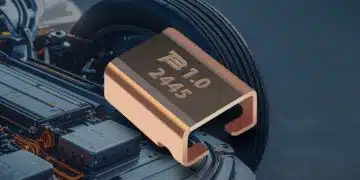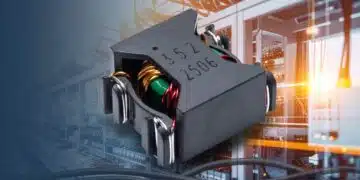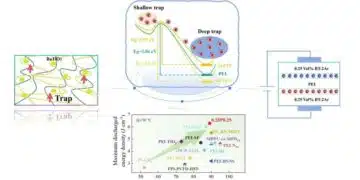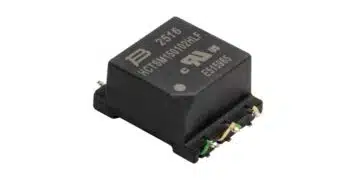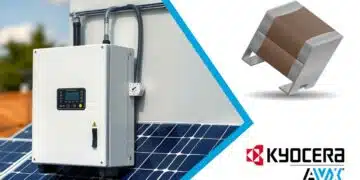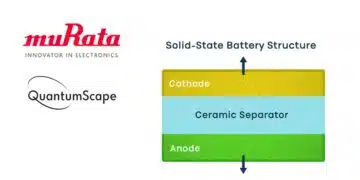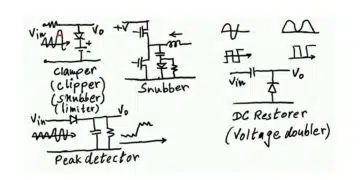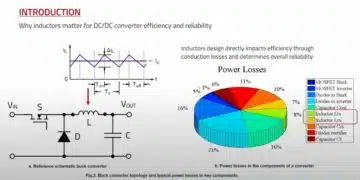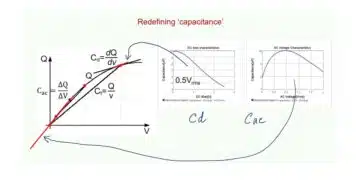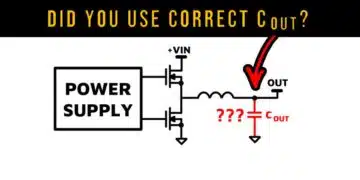This first part of Würth Elektronik PCB webinar on RIGID.flex technology is intended as an introduction to the production of rigid-flex PCBs and covers constructions with one or two external flex layers.
Rigid-flex printed circuit board is a very complex construct, produced by a large number of sequential processes from a wide variety of materials, which must also be suitable for further processing and the planned application. Understanding this helps in PCB design to be able to successfully implement the requirements from the functional specification in the design and the knowledge equally helps in communicating with the PCB manufacturer.
In this webinar you will learn more about
- The difference between flexible and rigid-flex printed circuit boards
- The basic materials for RIGID.flex printed circuit boards
- The relevant norms and standards
- The manufacturing and production processes for rigid-flex with external flex layer
- Application examples
Understanding Rigid-Flex PCB Technology
Introduction
Rigid-flex printed circuit boards (PCBs) offer a complex and versatile construction, combining the benefits of both rigid and flexible substrates. This article introduces the key aspects of Rigid-flex PCB technology, as presented in Würth Elektronik’s webinar, focusing on the production processes, materials involved, and structural configurations.
Key Concepts in Rigid-Flex PCB Design
1. Distinction Between Flexible and Rigid-Flex PCBs
- Flexible PCBs (FPCs): Composed primarily of flexible base materials, allowing high integration density and miniaturization. They are characterized by their lack of rigid areas and partial stiffness, which is not electrically connected to the flex layers.
- Rigid-Flex PCBs: These boards integrate rigid and flexible sections, connected through flexible base materials with through-plate connections. They typically include at least two copper layers, offering enhanced robustness and reliability.
Materials for Rigid-Flex PCB Construction
1. Flexible Base Materials
- Polyimide Cores: Common thicknesses range from 25 to 100 microns.
- Copper Foils: Standard thicknesses are 18, 35, and 70 microns.
- Adhesiveless Materials: Preferred for superior electrical properties.
2. Rigid Base Materials
- FR4 and Prepregs: Traditional materials offering flame retardancy and mechanical stability.
- Composite Materials: Include glass fabric pre-impregnated with resin, providing various thermal and mechanical properties.
Manufacturing Process
The production of rigid-flex PCBs involves several sequential steps:
- Inner Layer Processing: Cleaning, laminating, exposure, developing, etching, and stripping to form circuit patterns.
- Mechanical Processing: Milling and routing to transition between rigid and flexible areas.
- Lamination: Combining multiple layers using thermal pressure.
- Drilling and Plating: Creating vias for electrical connections.
- Surface Finishing: Applying protective coatings and conducting electrical tests.
- Final Inspection: Ensuring quality before shipment.
Application Examples
Rigid-flex PCBs are utilized across industries such as aerospace, telecommunications, automotive, and consumer electronics. Their design supports miniaturization, dynamic movements, and system integration.
Design Considerations
Proper design rules are critical, especially for transitions between rigid and flexible sections. Key areas include maintaining electrical integrity, mechanical flexibility, and reliability in harsh environments.
Conclusion
Rigid-flex PCB technology represents a sophisticated solution for modern electronic applications. Understanding its materials, manufacturing processes, and design principles is essential for optimized performance and reliability.


